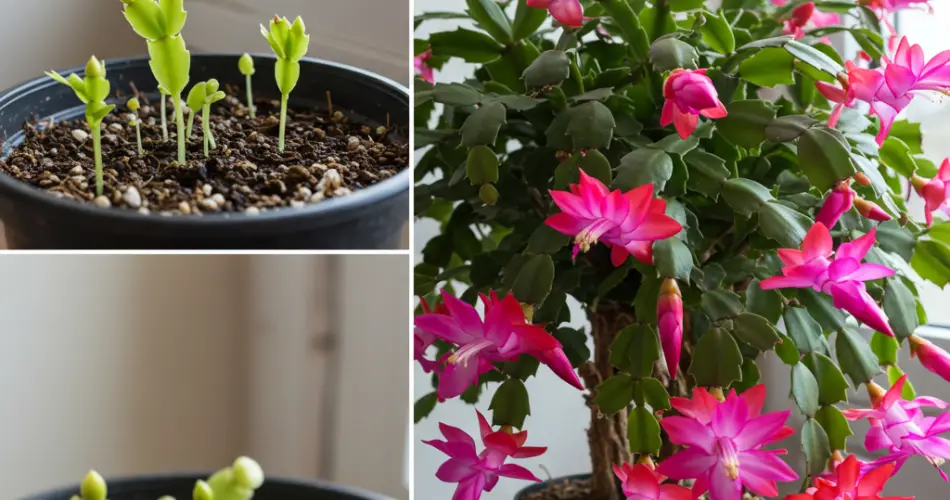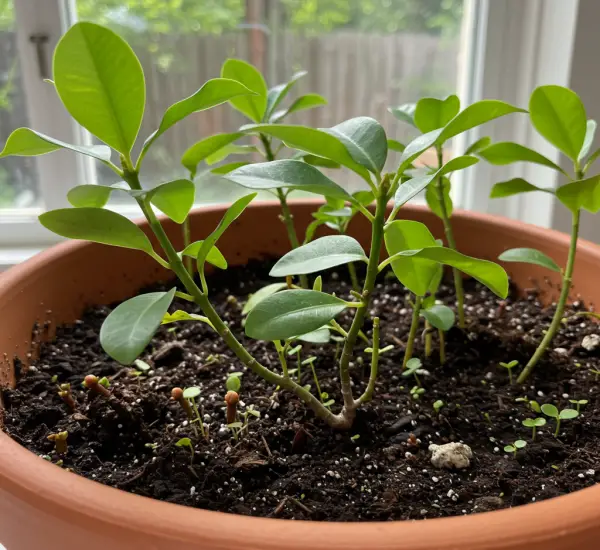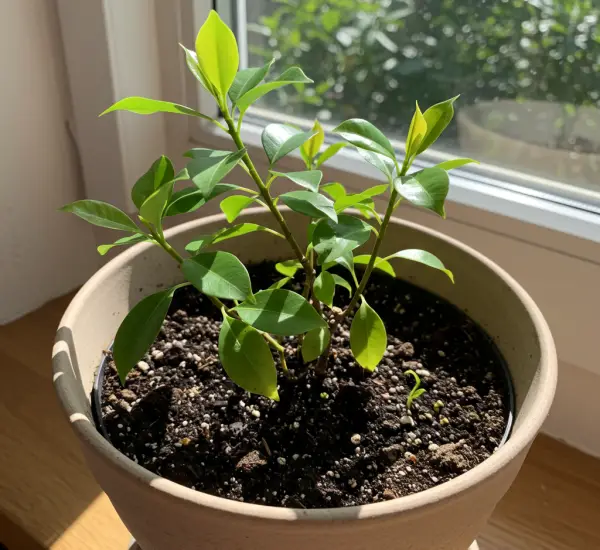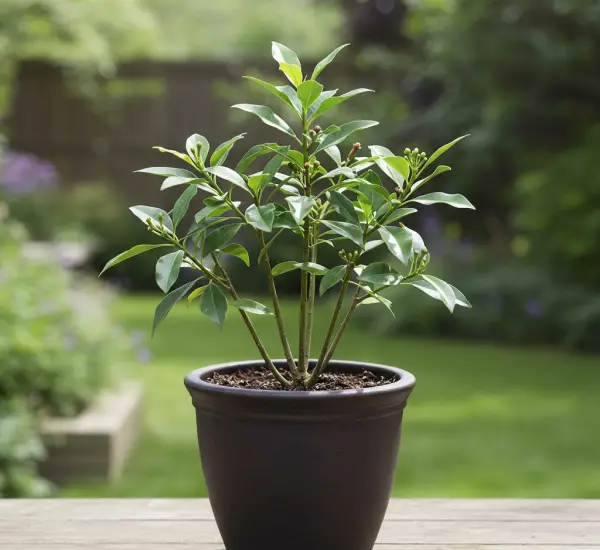The Christmas cactus (Schlumbergera truncata), often called the Easter cactus or simply the Christmas plant, is one of the most cherished houseplants for its vibrant blooms and effortless charm. Famous for brightening winter interiors, this plant can flourish in many conditions — and with the right care, you can even encourage it to bloom more than once a year.
Florists have a few well-kept secrets for keeping the Christmas cactus lush, healthy, and in near-constant bloom. Let’s uncover how they do it.
The Unique Beauty of the Christmas Cactus
Unlike typical desert cacti, the Christmas cactus hails from the humid rainforests of Brazil, where it grows on tree trunks and rocks, absorbing filtered sunlight under the forest canopy. This explains why it loves moisture and indirect light, rather than the scorching sun its desert cousins prefer.
Its segmented, flat green stems and stunning tubular flowers — in shades of red, pink, orange, and white — make it one of the most festive indoor plants. The natural blooming season falls between late November and January, coinciding beautifully with the holiday period.
However, what many plant lovers don’t know is that with the right conditions, a Christmas cactus can be encouraged to rebloom multiple times throughout the year.
Can It Really Bloom Year-Round?
By nature, this plant’s blooming cycle is seasonal, triggered by shorter days and cooler nights. In its natural environment, it begins forming buds as the days shorten and temperatures drop toward winter.
But florists know how to replicate these conditions artificially to extend the blooming period. By controlling light exposure, temperature, watering, and feeding, they “trick” the cactus into thinking it’s time to flower again.
Here’s how you can do the same at home.
1. Give It the Right Light
Your Christmas cactus thrives in bright, indirect light. Avoid direct sunlight, especially during the hottest hours, as it can burn the stems and cause discoloration. The best spot is near a north- or east-facing window where it receives gentle daylight.
During the flowering season, ensure it gets at least 8 hours of light per day. But when you want to encourage new buds, reduce exposure to around 10 hours of light and 14 hours of darkness daily for about four weeks.
If your home doesn’t have a naturally dark place, simply cover the plant with a box or light cloth at night. This simulated darkness helps trigger the flowering mechanism.
2. Watch the Watering Carefully
Overwatering is one of the biggest mistakes people make with Christmas cacti. While it loves moisture, it dislikes standing water. Water thoroughly only when the top 2 inches of soil are dry. In spring and summer, this might mean watering every 7–10 days; in winter, reduce to once every two to three weeks.
Florists often use the saucer method — pouring water into the plant’s dish and letting it absorb moisture from below. This prevents the roots from sitting in soggy soil and helps maintain the right balance.
3. Feed It Regularly
Nutrition plays a big role in keeping your cactus blooming. From spring to early autumn, apply a balanced fertilizer every two months. During the budding phase, switch to one rich in phosphorus and potassium (a 10-15-10 formula works perfectly).
These nutrients encourage the growth of strong stems and vibrant flowers. However, stop fertilizing once flowering ends to allow the plant to rest.
4. Perfect the Soil Mix
A florist’s secret to a thriving Christmas cactus is the right potting medium. Use a mix designed for succulents or prepare your own by combining:
-
Two parts standard potting soil
-
One part coarse sand or perlite
-
One part compost or coconut fiber
This ensures good drainage while retaining enough moisture to mimic its tropical habitat. Adding coarse sand also prevents root rot, especially in humid environments.
5. Maintain Ideal Temperatures
Temperature control is crucial for triggering blooms. The Christmas cactus prefers a range between 15°C and 23°C (59°F–73°F). To induce budding, let the temperature drop slightly at night — around 10°C–12°C (50°F–54°F).
When winter nights get too cold, bring the plant indoors or move it away from windows to prevent exposure to frost. Sudden temperature swings can cause buds to fall off before opening.
6. Keep Pests and Diseases Away
Even the healthiest cactus can occasionally suffer from spider mites, mealybugs, or fungal infections. Check the leaves and stems regularly. If you spot tiny webs, dark spots, or mold, trim off affected areas immediately.
You can wipe the stems with a cloth dampened with mild soapy water or apply an organic fungicide. Good air circulation and moderate humidity help prevent most issues before they start.
The Florist’s Blooming Trick
To keep your Christmas cactus producing flowers throughout the year, alternate periods of growth and rest. After each blooming phase, let the plant rest for about six weeks — reduce watering, keep it in a cool area, and give it less light. Once the rest period ends, resume normal care.
This simple rhythm of rest and renewal mimics nature’s cycle, prompting your plant to bloom again and again — sometimes even three times a year.
In Conclusion
With a bit of patience and attention, you can apply the same techniques florists use to make your Christmas cactus bloom year-round. Give it filtered light, steady humidity, and periodic fertilizer; respect its need for rest and darkness.
In return, this tropical gem will reward you with waves of brilliant red, pink, or white blossoms, brightening your home through every season — a living celebration that never goes out of style.



